After two days in Santa Cruz de la Sierra, a city in the east of Bolivia it was time to head on. During the two days we had tried to get used to the heat and sleep away our jet lag. We decided that we would stop on our way to Sucre in Samaipata, a small town promising some interesting hikes into the Amboro National Park. This also meant that we could split the 15 hour bus drive between Santa Cruz and Sucre to 2 ½ and then 12 hours.
We left our hostel in Santa Cruz in the morning, heading towards a taxi stop somewhat outside the city centre. Here ‘colectivos’ (taxis taking several people, departing when all seats are taken) leave to Samaipata.
Our walk first led us along the places that had become familiar in the last two days:
Calle Sucre where our hostel was with its fancy bars and the young, indigenous kids standing in front of them asking for money. Dressed in clothes of colourful patterns we saw these kids everywhere in the centre either unhappily dancing to Spanish songs coming out of a squeaky speaker or selling matches. We also passed women sitting on the street with their little babies or infants lying asleep beside them asking us for money.
And the Plaza 24 de Septiembre which was always busy with people taking a walk, resting on the benches, enjoying their vacation and others selling coffee, perfumes and nuts. In only two days, we had seen different groups of people demonstrating there against the governments’ latest reforms, and people celebrating, a band getting some of the tourists to dance along and a concert of a singer in a red dress with a big voice singing ballads.
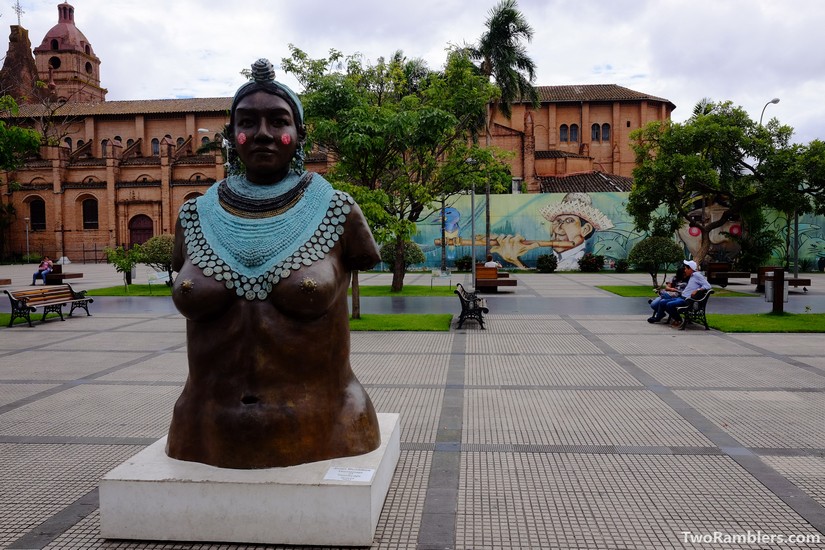
We passed from the Basilica de San Lorenzo on to the square Manzana Uno behind it with its colourful graffiti and statues of famous women. Here, we had been to one of the free galleries, spread across the city centre showcasing local and international modern art.
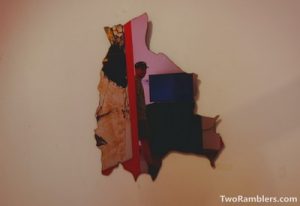
Then we got on to streets we hadn’t seen yet. At first we passed streets that resembled what we had seen the days before, many small shops selling souvenirs, clothes and food. We had already gotten used to being very careful when crossing the street and not to take a cross walk as a sign for us to be able to just cross the street but rather as a suggestion that this might be a spot where a street can be crossed once there is no car passing, just like any other point of the street.
Although it was only nine o’clock in the morning the sun was already beating down on us. I quickly regretted wearing my long pants which I had put on expecting some cold drafts once we were in the taxi and driving into the mountains (and yes, later that day I was happy I was not wearing shorts). I cursed myself for not following through with my intention to put on sunscreen every morning no matter how cloudy the sky would be.
The further away we got from the centre, the busier got the streets. On a street called Isabel la Catolica, we got onto a sort of market which covered the entire pavement up onto the street while cars were still rushing by beside it. The shops had extended their display onto the side walk, above us a roof of plastic sheets so nothing would get wet in the regular outbursts of rain of the season. On sale was anything imaginable: cosmetic products, clothes, an endless variety of plastic toys and carnival products; a colourful chaos.
We came along tiny stores full of washing machines and fridges, half of them standing on the pavement. Under the plastic sheets it felt like we were walking through a tunnel. From the roof more products where hanging down, making it difficult for Kevin to pass through with his backpack overtopping him. He had to duck through the narrow paths as he tried to avoid crashing into things. Opposite the shops women were sitting almost on the street selling fruit and snacks.
Between all this, other vendors were walking around, young boys selling coffee and juices, and women with big baskets full of pastries and fruit.
We walked on this street for about 20 minutes. With all the business around us, the increasing heat and our big backpacks this was not an easy walk. I was grateful for a lady with rather wide hips walking in front of me, helping me to assess if I could pass through between all the people and goods with my backpack.
At the end of the market, a busy three lane road needed to be crossed, then we reached the colectivo stop. Exhausted and sweaty we found a taxi waiting that had two seats left and so we immediately headed out of the city to Samaipata.
Travel tips
Free art galleries in Santa Cruz:
- Manzana 1, Plaza Manzana Uno, Calle Independencia
- Mueso de Arte Contemporáneo, Calle Sucre, at the corner with Calle Potosí
- Casa Municipal de Cultura at the Plaza Principal 24 De Septiembre; you can also find the tourist office here
- Casa Cultural Melchor Pinto, Calle Sucre 50; also a cozy café
Stop of colectivos to Samaipata
- At the Segundo Anillo crossing with Avenida Grigotá
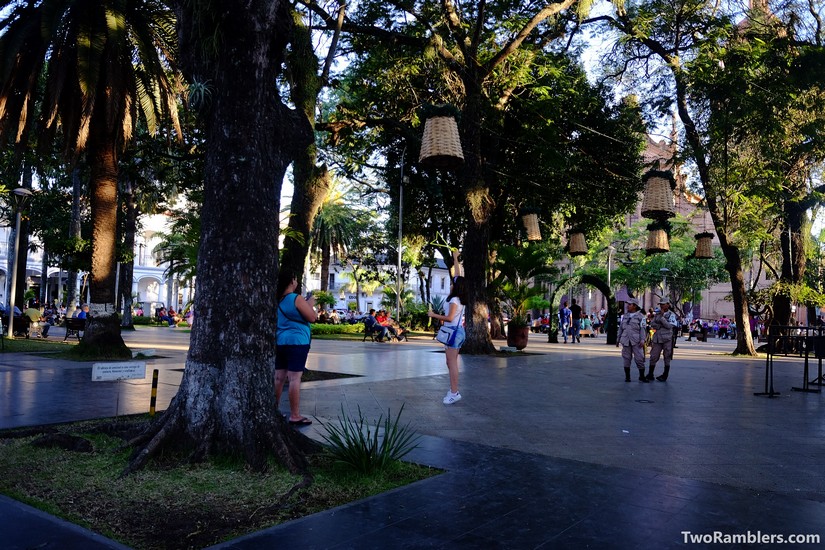
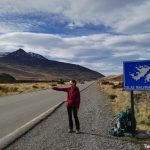
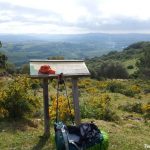
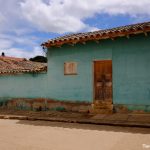
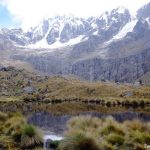
Manzano uno = first apple Square? :p
Manzana can also be translated as block or square, so square one or first square is probably the best translation.